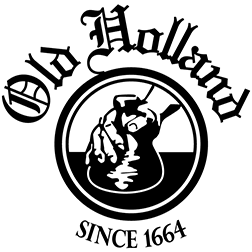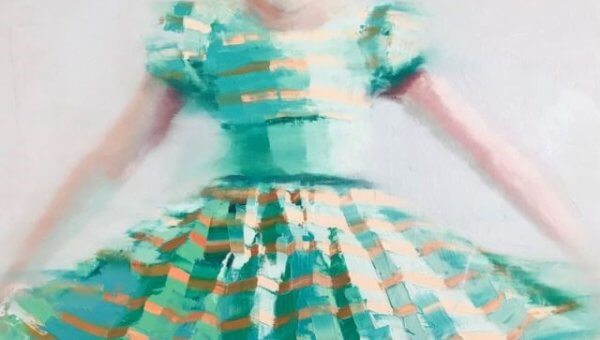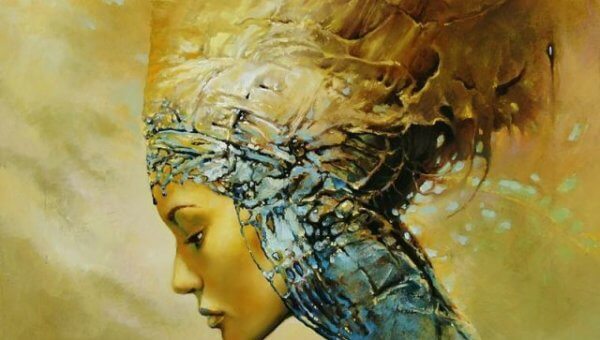
Prof. Theo de Beer about Ivory Black
In the section “Prof. Theo de Beer about ….” we share with you articles from the unpublished book of Professor Theo de Beer “Everything about art materials”. Prof. Theo de Beer managed the Old Holland company from 1982 till 2000 and made a huge contribution to its development.
Ivory black takes its name from the fact that the raw material used to come from elephant tusk ivory. The tusks were charred in a closed room, after which the ivory decomposed into splinters. The splinters were subsequently ground finely into a pigment, which was chalky in texture. Large-scale production was stopped in 1929. Later, ivory waste from the ivory industry was still used on a small scale for making this expensive pigment.

Apart from the genuine ivory black, there was also the cheap black, which was made from charring cow bones instead of tusks. The bones are first stripped of the gelatine, after which they are broken and charred. If the bones are not completely charred, a brown-black colour is produced, which is not perfectly lightfast. Mixing the genuine ivory black with white creates very soft mouse-grey colours, which cannot be made with bone black. The charring product of bones is P.BL.9.

Ivory black is lightfast and has reasonable colour strength, it is moderately alkali fast and is not usually applied to alkaline surfaces. It requires plenty of binder, giving the colour a glazing effect. The layer of oil paint will start to wrinkle if you suddenly apply it in thick layers. If you combine it with ivory black, you obtain a somewhat transparent and soft layer of oil paint. The name ivory black is incorrect, it should be called bone black, because that is what it is now made of. As a watercolour, it is easier to use than the carbon and lamp black, because it does not have such a strong effect in the mixtures.






